Car GPS Systems: Common Failures and Hidden Pitfalls of Navigation Device Repairs
GPS navigation has become an essential part of driving, but these devices aren’t immune to malfunctions. We spoke with repair experts to learn what usually goes wrong and how to avoid costly mistakes when fixing your navigator.
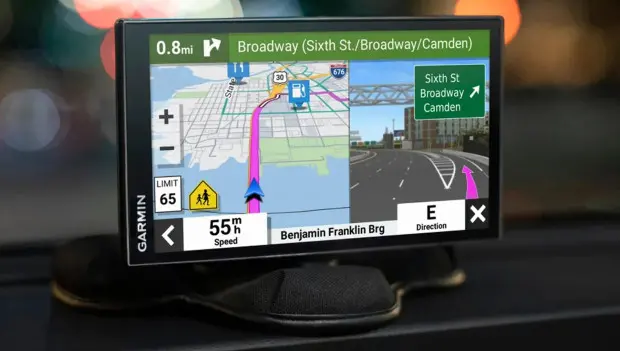
Car navigation systems have long been a trusted travel companion for drivers. Still, like any piece of electronics, they eventually break down. To understand what issues owners face most often, we talked to technicians who repair GPS units on a daily basis.
One of the first things professionals point out is that most GPS units are built in a very similar way. Many are assembled at the same factories in China, where manufacturers can slightly alter the case design and add their own logo. The overall build quality tends to be solid—clean soldering, sturdy casings, and decent exterior finish. However, experts say they occasionally come across units that look fine on the outside but reveal poor craftsmanship inside.
Software glitches are by far the most common problem. If a device stops working without any visible damage, the first step at a repair shop is usually to update its firmware. The process itself is fairly straightforward: a new version is loaded onto a memory card, the unit boots into update mode, and the installation begins. But there are caveats. Firmware files aren’t always publicly available, and a failed DIY update can permanently damage the device—voiding any warranty. In most cases, software issues arise from infected memory cards or a low battery during the update. Technicians recommend keeping the navigator plugged into a reliable power source and ensuring the battery is fully charged before updating.
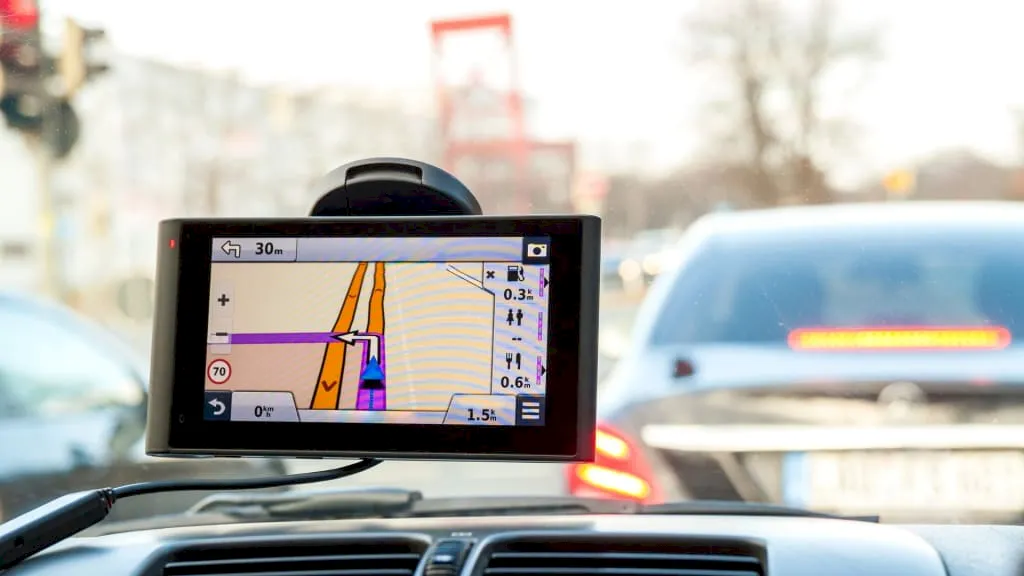
Another frequent complaint: the GPS can’t find satellites. This can stem from software errors, a faulty antenna, or even the car’s windshield design. Sometimes the fix is as simple as waiting for the unit to refresh satellite data; in other cases, the antenna needs to be replaced. External antennas tend to fail more often but are much easier to swap out than the ones soldered directly to the board.
Power issues are also common. Most navigators use standard lithium-ion batteries, which don’t tolerate extreme cold, heat, or deep discharge. If the device won’t turn on after sitting idle, the battery may have gone into deep discharge. In that case, it’s worth leaving it on charge overnight—or longer. Charging from a wall outlet is preferable to a computer USB port or car stereo, since weaker power sources can stretch the process out for a full day. And here’s another tip: when starting your engine with the navigator plugged in, a sudden voltage spike can blow the fuse in the power cable.
Physical damage is another recurring headache. Broken connectors, damaged ribbons, or unresponsive touchscreens typically require professional repair. In cold weather, touchscreens can temporarily stop responding due to material contraction, though they usually recover once warmed up.
Some GPS models are nearly impossible to repair officially—service centers simply replace them with new ones if the defect is serious. Convenient for those still under warranty, but once coverage ends, getting authorized service becomes a challenge, and paid replacements can cost almost as much as a new device.
In the end, the best way to avoid trouble is to choose well-reviewed, reputable models and resist the urge to tinker with the software yourself. And if something does go wrong, it’s often wiser to let a professional handle the repair than to risk turning a minor issue into a major one.
You may also be interested in the news:
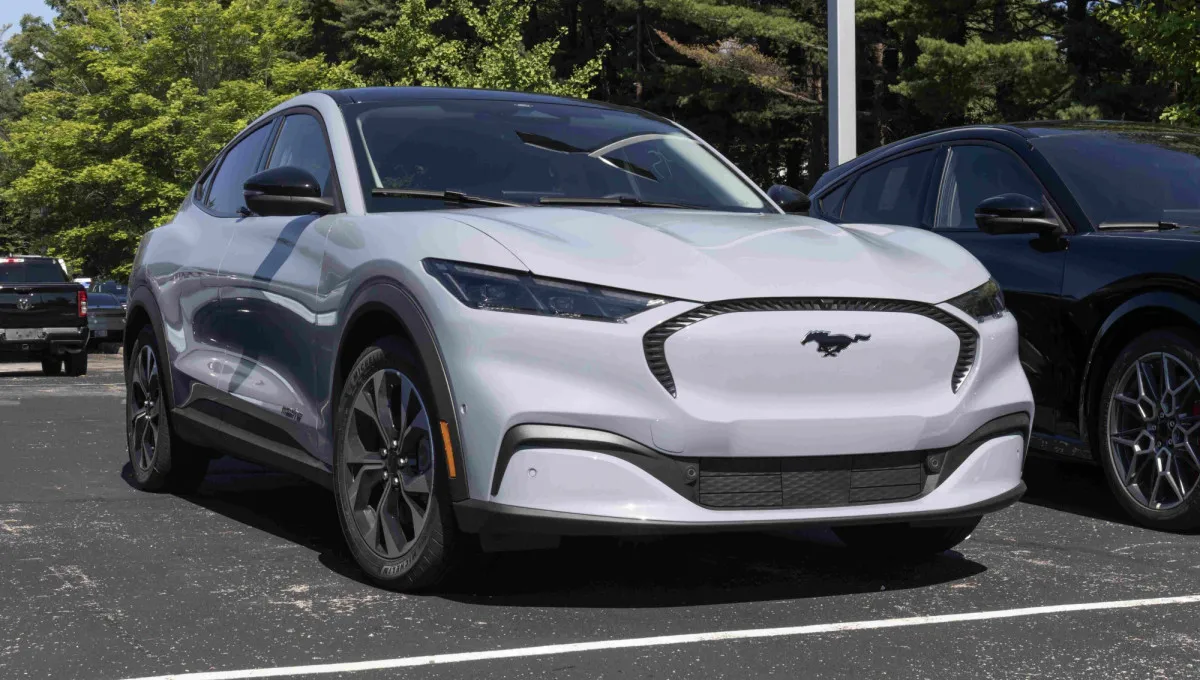
Some Ford Vehicles Could Suddenly Roll on Their Own: Recall Covers 272,000 Cars
Ford is launching a large-scale recall affecting more than 200,000 vehicles due to the risk of unintended movement.

The Three Most Confident Drivers Behind the Wheel, According to Astrologers
Astrologers reveal which zodiac signs feel most confident behind the wheel, stay calm under pressure, and react quickly in dangerous situations.
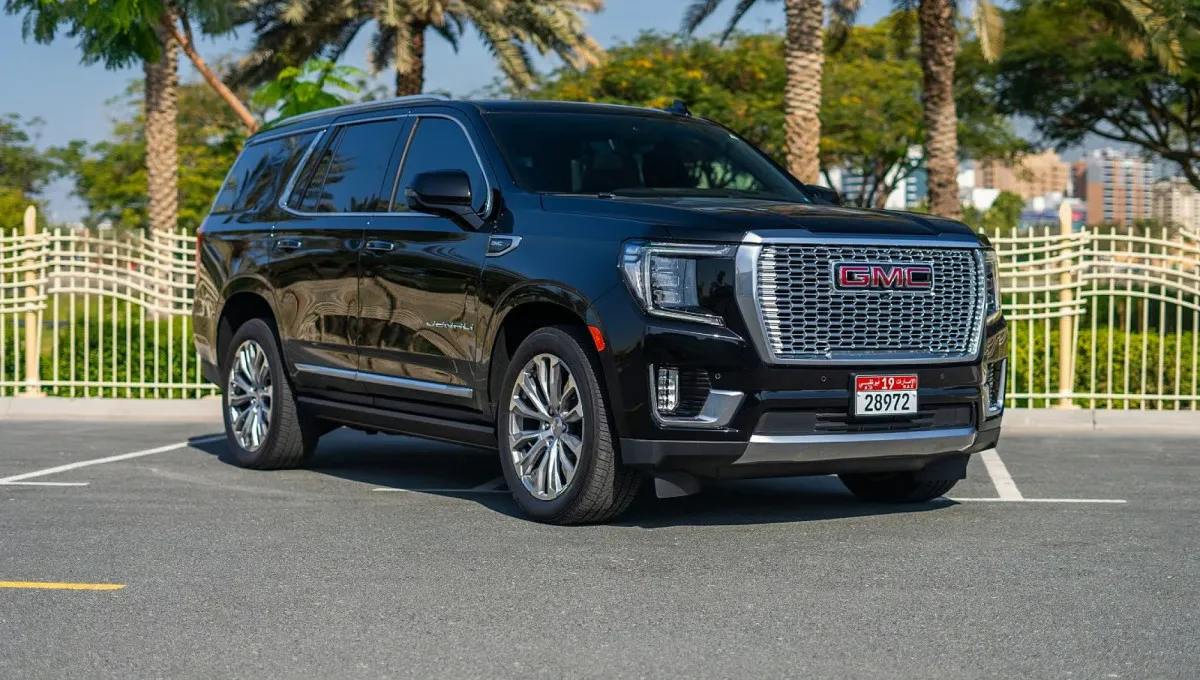
2025's Largest Recalls Target Engine Failures Across GM, Toyota, Honda, and Others
Owners of popular models could be left without an engine—what’s going wrong and who’s at risk
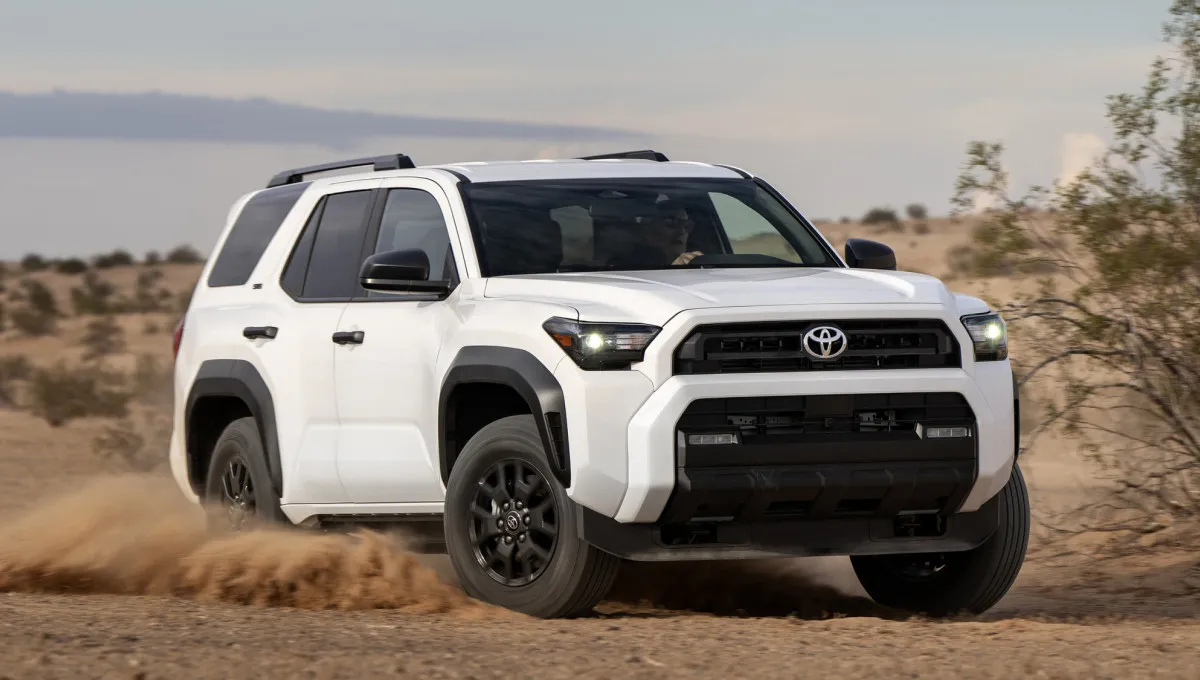
New Reliability Rankings Show EVs and Plug-In Hybrids Lag Behind Gas-Powered Cars
In its latest study, Consumer Reports looked at everything from minor annoyances to major, costly mechanical failures.

The Three Most Problematic Zodiac Signs Behind the Wheel: An Astrological Anti-Ranking
Based on popular astrology stereotypes, this tongue-in-cheek ranking highlights zodiac signs most likely to annoy drivers behind.